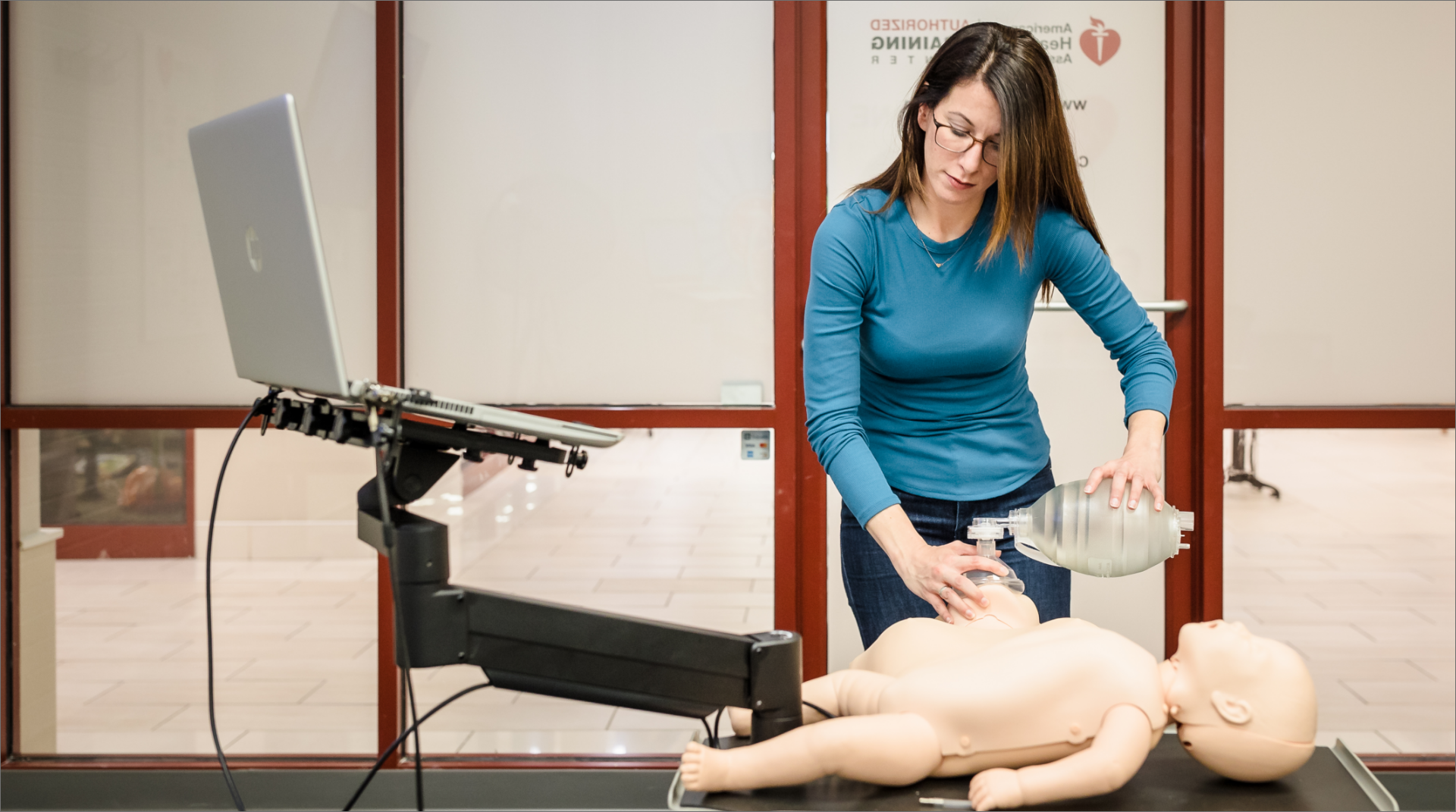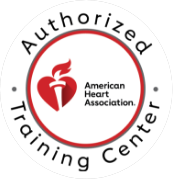

CPR Resource Center
The most comprehensive library of emergency training resources — including videos, articles, downloads, and more.


The most comprehensive library of emergency training resources — including videos, articles, downloads, and more.
The short answer to this question could not be any simpler than “yes.” Between worship services, community activities and even regular administrative working hours, there are dozens of people coming and going from churches at any given time, making it necessary to have AEDs. Now let’s look at exactly why AEDs are necessary.
Of course you should always call 911 immediately ANY time there is a medical emergency. While this is paramount, what happens if there is a delay in the arrival of an ambulance during a medical emergency? Short staffing, rush hour traffic, inclement weather, accidents are all things that contribute to and continue to increase 911 response times by first responders. The list of possible mitigating circumstances delaying the arrival of first responders to the scene of an emergency is nearly infinite.
According to a feature on Fox 11 News in Los Angeles, the Los Angeles Fire Department has unfortunately been seeing a trend in increasing response times and they are not alone in this plight. After a citizen died from a heart attack, one Los Angeles Fire Department paramedic had this to say,
Time is crucial when it comes to life saving care for cardiac arrest patients. Having at least one AED on site at your church can help someone in cardiac arrest receive the care they need significantly faster.
CPR is vital when it comes to cardiac arrest care. Compressions should start immediately. There is no disputing that. However, statistics show that early defibrillator use improves the likelihood of a positive outcome in patients who have experienced cardiac arrest.
According to The American Heart Association, when considering adult patient survival after cardiac arrest:
Furthermore, according to Jerry P Nolan, Honorary Professor of Resuscitation Medicine, University of Bristol, UK; Consultant in Anesthesia and Intensive Care Medicine, Royal United Hospital, Bath, UK:
If churches have AEDs they can give members and visitors a better chance of survival during a cardiac arrest due to the speed of the initiating defibrillation. While no, we cannot necessarily know whether the person has a shockable heart rhythm until the AED is applied, once it is applied, if their rhythm is indeed shockable they can immediately receive the potentially life-saving treatment they need: defibrillation. Rapid AED usage by lay people is indeed better than waiting an extra several minutes, or longer as previously mentioned, to allow Emergency Medical Services personnel to arrive with their own AED. This is why places where multitudes will be gathered, including churches, should have AED devices readily accessible. Workers as well as the members of the general congregation should receive education in how to use them correctly and effectively.
AEDs are also very affordable. Our sister company, AED Team, offers an AED Bundle for Places of Worship which includes a Stryker CR2 AED, response kit, signage and decals, and an indoor stainless steel cabinet.
Although we can never predict when cardiac arrest will occur, we must do everything possible to make sure that we are equipped with the best skills and equipment to handle the situation until emergency medical services can arrive in order to ensure a patient the best chance of survival.
Help Me Find a Course